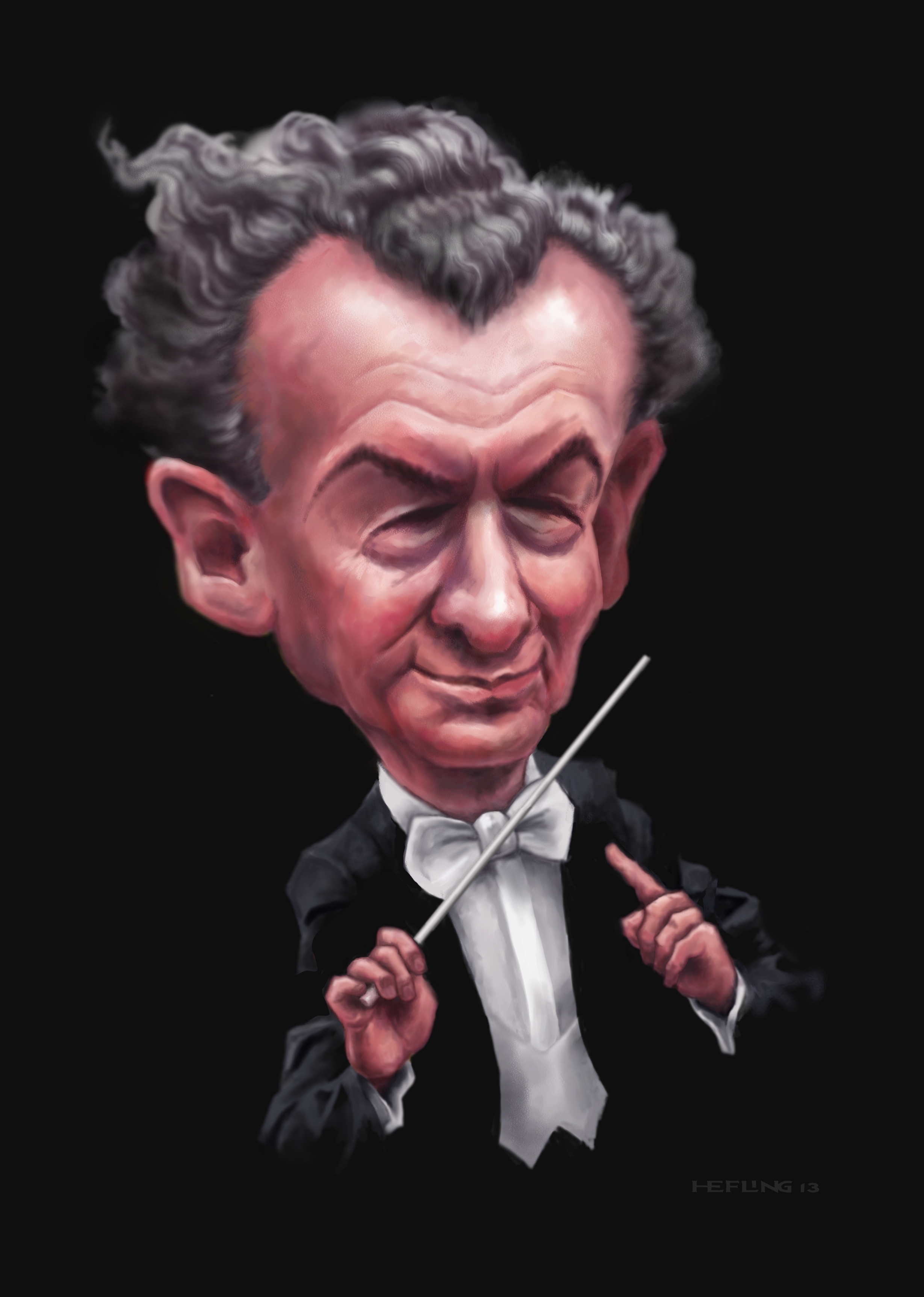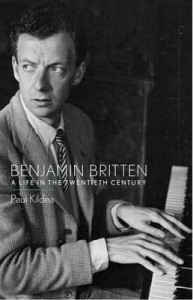 Benjamin Britten: A Life in the Twentieth Century
Benjamin Britten: A Life in the Twentieth Century
by Paul Kildea
Penguin Global. 668 pages, $45.
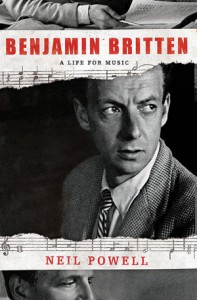 Benjamin Britten:
Benjamin Britten:
A Life for Music
by Neil Powell
Henry Holt. 528 pages, $37.
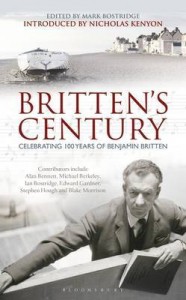 Britten’s Century: Celebrating 100 Years of Benjamin Britten
Britten’s Century: Celebrating 100 Years of Benjamin Britten
Edited by Mark Bostridge
Bloomsbury Continuum.
208 pages, £16.99
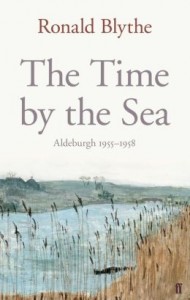 The Time by the Sea:
The Time by the Sea:
Aldeburgh 1955-1958
by Ronald Blythe
Faber & Faber UK. 272 pages, £15.99
ALAN BENNETT’S PLAY The Habit of Art, staged at London’s National Theatre in 2010, was ahead of the game in foreshadowing the inevitable revival of interest in England’s most important 20th-century composer, which coincides with the centenary of Benjamin Britten’s birth. New productions or revivals of all of the composer’s operas are to be seen, most spectacularly, recently, in the Aldeburgh Festival, which Britten founded, where Peter Grimes was triumphantly staged on a mock-up ship on the beach itself. (The production has been filmed and is being edited for theatrical release soon).
In the play, Bennett uses an imaginary meeting between Britten and former friend and librettist-collaborator, the poet W. H. Auden, at a time when Britten, in terminally poor health, was composing his last outstanding work, the opera Death in Venice. The pair had not merely been close as young men, they had even shared a Bohemian enclave in Brooklyn in 1940-41, along with Peter Pears, Britten’s partner; Carson McCullers, the Southern gothic novelist and dipsomaniac; novelist and composer Paul Bowles and his wife, author Jane Bowles; Northern Irish poet Louis Macneice; and Thomas Mann’s sons, Golo and Klaus. Gypsy Rose Lee—stripper, actress and self-proclaimed popular writer—stayed occasionally too, just to make sure things never grew quiet.
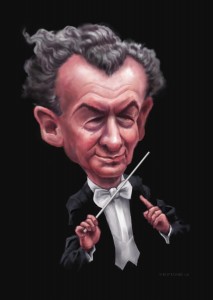 The encounter, a fantasy on Bennett’s part, allowed him to examine two fundamentally incompatible views of the act of creation and the social role and status of the artist. Auden felt he was an iconoclast—in youth, at least—and that the artist, in order to create, must live at the margins, attacking the political mainstream and the establishment. He abhorred Britten’s innately assimilative and unchallenging social character until his death in 1973. (Britten, six years Auden’s junior, would die just three years later, much regretting their alienation but continuing to justify it on grounds that Auden had been an intellectual “bully.”) The composer’s apparent sexual unadventurousness was taken as evidence of repression by Auden, who also turned on Britten for his pursuit of pre- or barely pubescent boys.
The encounter, a fantasy on Bennett’s part, allowed him to examine two fundamentally incompatible views of the act of creation and the social role and status of the artist. Auden felt he was an iconoclast—in youth, at least—and that the artist, in order to create, must live at the margins, attacking the political mainstream and the establishment. He abhorred Britten’s innately assimilative and unchallenging social character until his death in 1973. (Britten, six years Auden’s junior, would die just three years later, much regretting their alienation but continuing to justify it on grounds that Auden had been an intellectual “bully.”) The composer’s apparent sexual unadventurousness was taken as evidence of repression by Auden, who also turned on Britten for his pursuit of pre- or barely pubescent boys.


